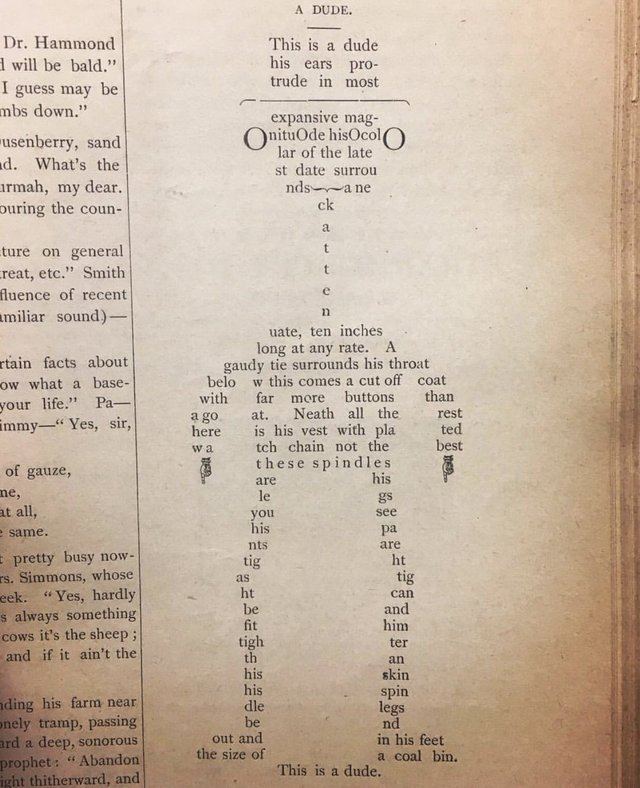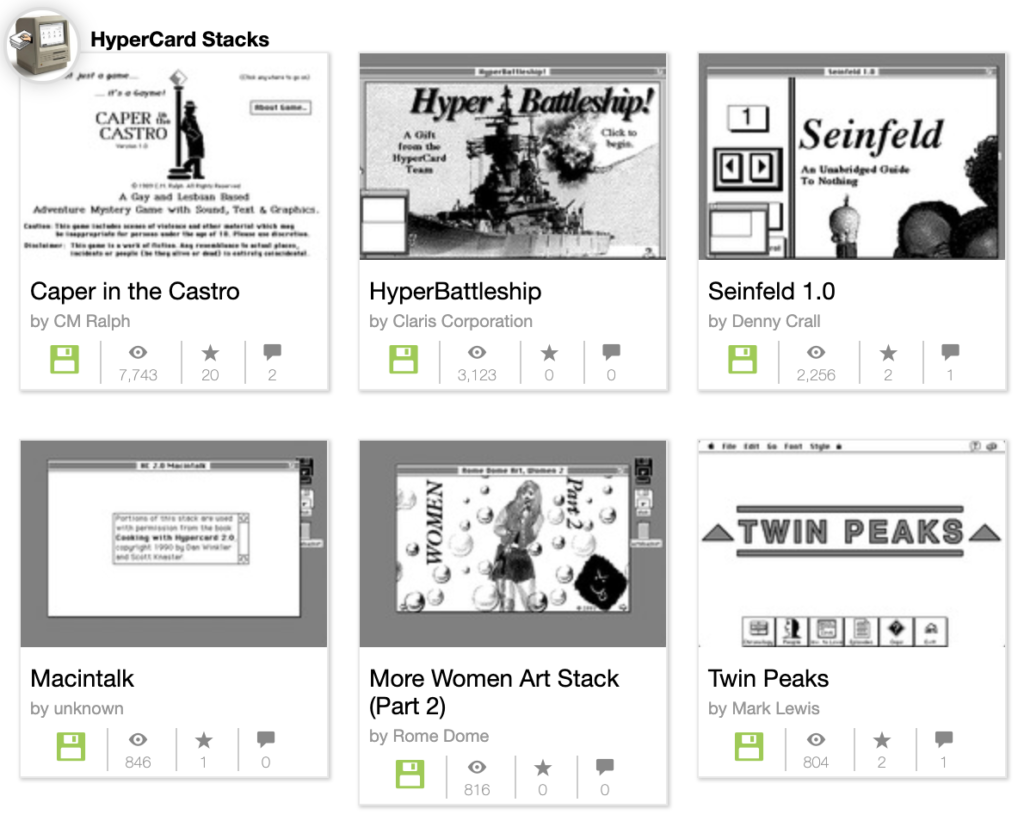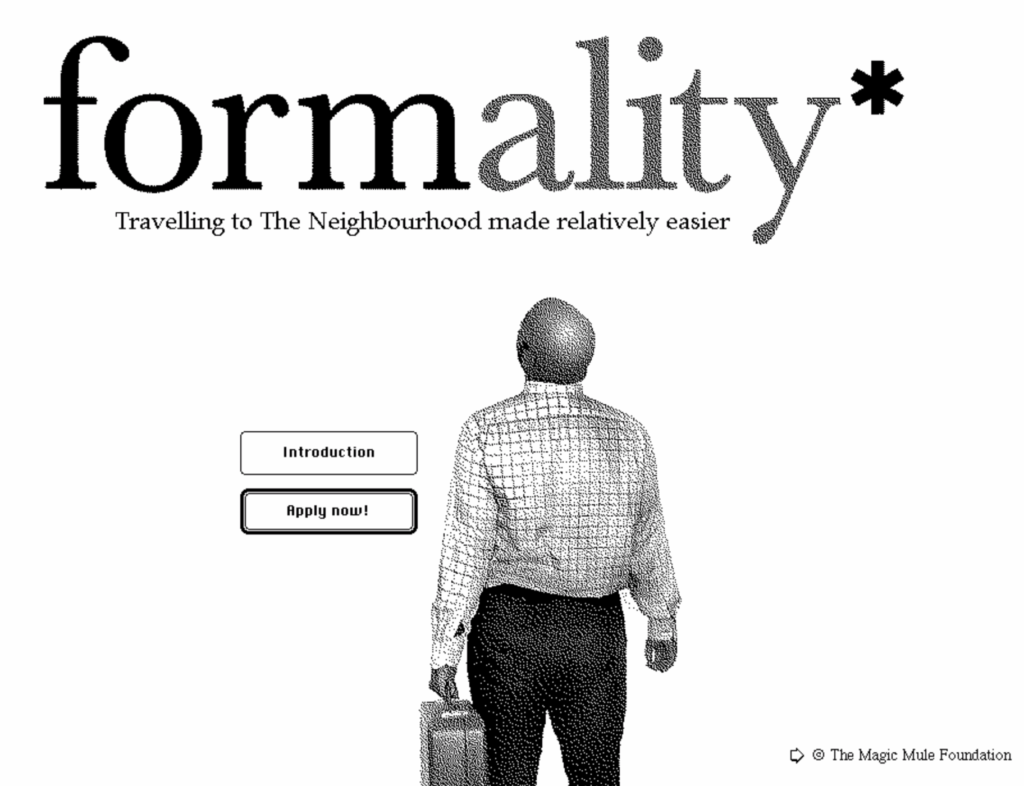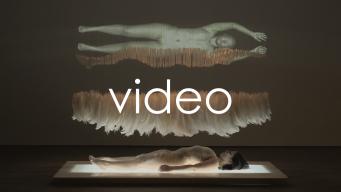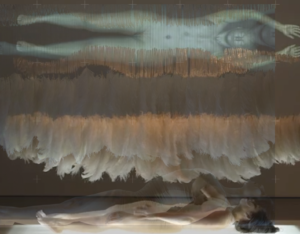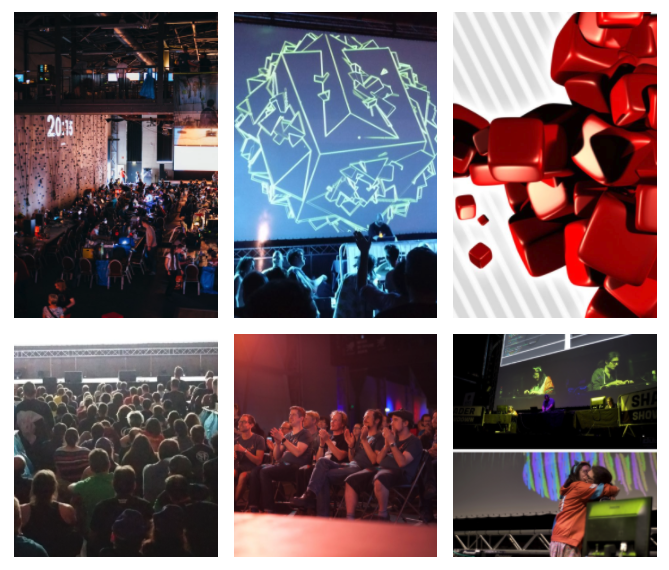
“Demoskene is an international community focused on demos, programming, graphics and sound creatively real-time audiovisual performances. [..] Subculture is an empowering and important part of identity for its members.”
The Art of Coding has gotten Demoscene listed by Finland in the National Inventory of Living Heritage, Breakthrough of Digital Culture: Finland accepts the Demoscene on its national UNESCO list of intangible cultural heritage of humanity. This means that Demoscene may be the first form of digital culture put forward to UNESCO as a candidate intangible cultural heritage (ICH).
In a previous blog post I argued that ICH is a form of culture that would be hard to digitize by definition. I could be proved wrong with Demoscene. Or it could be that what makes Demoscene ICH is not the digital demos, but the intangible cultural scene, which is not digital.
Either way, it is interesting to see how digital practices are also becoming intangible culture that could disappear.
You can learn more about Demoscene from these links:
